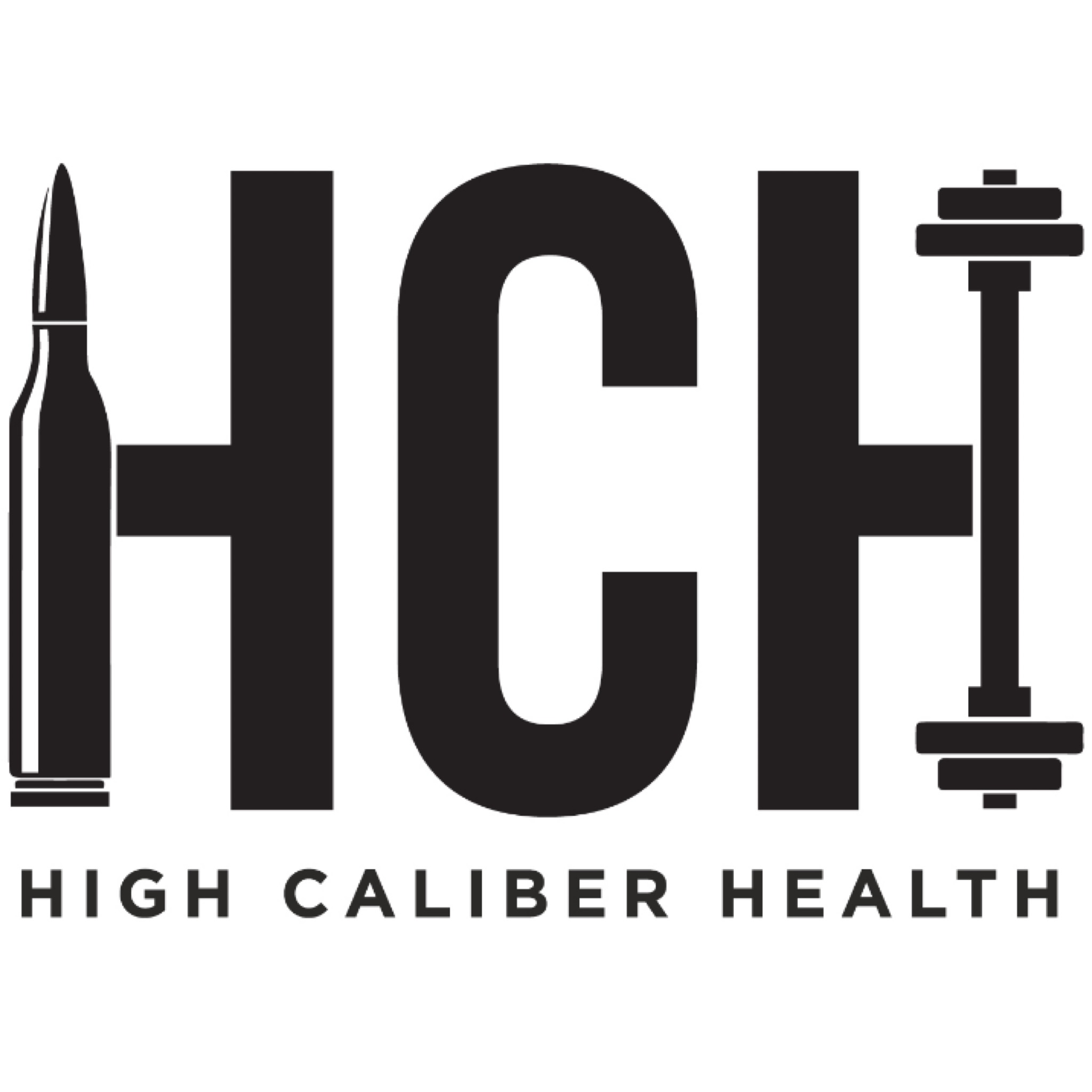
Hunting and Optimal Performance: The Role of Physical Therapy and Strength Training
Hunting and Optimal Performance: The Role of Physical Therapy and Strength Training
Introduction
As a physical therapist, strength and conditioning specialist, and an avid hunter, I understand the importance of maintaining optimal physical health and performance in the field. Hunting requires a unique combination of endurance, strength, agility, and precision. In this blog post, we will explore the ways physical therapy and strength training can enhance your hunting experience, reduce the risk of injuries, and improve overall performance. Let’s dive in!
Assessing and Addressing Musculoskeletal Imbalances
Before embarking on any physical activity, it’s crucial to assess and address any musculoskeletal imbalances or weaknesses. A comprehensive evaluation by a physical therapist can identify potential areas of concern, such as joint restrictions, muscular imbalances, or poor movement patterns that may hinder your hunting performance. By addressing these issues through targeted exercises and corrective techniques, you can improve your body’s functional capacity and reduce the risk of hunting-related injuries.
Enhancing Endurance and Stamina
Hunting often requires long hours of walking, climbing, and tracking game, which can place significant demands on your cardiovascular system. Building endurance and stamina is essential for sustained performance in the field. Incorporating aerobic exercises such as jogging, cycling, or hiking into your training routine can improve your cardiovascular fitness and help you maintain peak performance throughout your hunting trips.
Building Strength and Power
Strength and power are crucial for successful hunting. Whether it’s carrying heavy gear, pulling back a bowstring, or maneuvering through challenging terrains, having adequate strength is paramount. Strength training exercises, such as squats, deadlifts, and lunges, can help you build the necessary muscle strength for these tasks. Additionally, incorporating power exercises like plyometrics and medicine ball throws can enhance your explosive movements, enabling quicker reactions and more efficient hunting techniques.
Enhancing Flexibility and Mobility
Flexibility and mobility play a vital role in hunting, as they improve your ability to move through various positions and angles. Poor flexibility can restrict your movement and increase the risk of muscle strains or joint injuries. Regular stretching and mobility exercises targeting specific muscle groups can improve your range of motion and reduce the likelihood of injuries while hunting. Incorporating exercises like yoga or dynamic stretching routines can help enhance flexibility and joint mobility, ultimately improving your overall performance in the field.
Injury Prevention and Rehabilitation
Despite careful preparation, injuries can still occur while hunting. Physical therapists are skilled in preventing and rehabilitating hunting-related injuries. By utilizing their expertise, you can learn proper techniques for injury prevention, including safe lifting mechanics, balance training, and proprioceptive exercises. In the unfortunate event of an injury, a physical therapist can guide you through a customized rehabilitation program, facilitating your return to hunting as quickly and safely as possible.
Conclusion: As a physical therapist, strength and conditioning specialist, and passionate hunter, I strongly believe that physical therapy and strength training are essential components for optimizing hunting performance. By addressing musculoskeletal imbalances, improving endurance, building strength and power, enhancing flexibility, and focusing on injury prevention and rehabilitation, you can experience a significant improvement in your overall hunting abilities. So, invest in your physical health, take your hunting skills to the next level, and enjoy a safer and more rewarding hunting experience!
Remember to consult with a licensed physical therapist or healthcare professional before starting any new exercise or training program. Stay safe and happy hunting!
Taylor Kuhlmann
Physical Therapist & Strength and Conditioning Specialist











